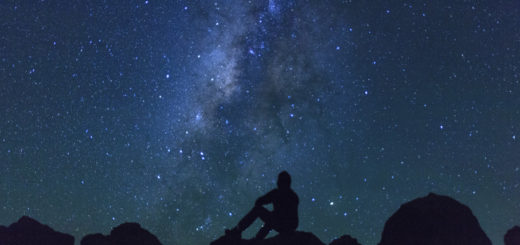It Seems That Mars Has Not Always Been Our Planetary Neighbor

Mars may have formed in the Asteroid Belt, approximately one and a half times as far from the Sun as its current position, before migrating to its present location, according to a new study.
It could explain why Mars and Earth have so different compositions; Mars contains different, lighter, silicates than Earth, more similar to those found in meteorites.
To gain insights into the Red Planet’s movement within the Solar System, researchers from Japan, the United States and the United Kingdom conducted simulations consistent with the so-called Grand Tack model.
This model suggests that Jupiter (more exactly, its gravitational pull) played a major role in the formation and final orbital architecture of the inner planets. It also pushed Mars into its current position.
“Low probability means one of two things: that we don’t have a better physical mechanism to explain Mars’ formation or in the enormous panoply of possibilities we ended up with one that is relatively rare,” University of Colorado Geological Sciences professor Stephen Mojzsis, a co-author of the study, said, in a pres noting that the latter seems to be the best conclusion.
One implication of Mars forming farther away from the Sun is that the planet would have been colder than originally thought—perhaps too cold for liquid water or to sustain life. This theory would seem to challenge the idea that Mars was once far warmer and wetter than it is now.
“Mars’ formation in the Asteroid Belt took place very early in Mars’ history, well before the crust stabilized and the atmosphere was established,” said Mojzsis adding that there’s plenty of time in Mars’ early history for it to have been both colder and farther away and at times for it to have experienced warm, wet periods.
Late in Mars’ planetary formation it was bombarded by asteroids that formed the planet’s countless craters. Such large impacts could “melt the cryosphere and Mars’ crust to densify Mars’ atmosphere and to restart the hydrologic cycle,” Mojzsis concludes.
New study is published in the journal Earth and Planetary Science Letters



 Creators of mankind
Creators of mankind Description of “Tall white aliens”
Description of “Tall white aliens” Where they came from?
Where they came from? About hostile civilizations
About hostile civilizations The war for the Earth
The war for the Earth “Tall white aliens” about eternal life
“Tall white aliens” about eternal life Video: “Nordic aliens”
Video: “Nordic aliens” Aliens
Aliens Alien encounters
Alien encounters The aliens base
The aliens base UFO
UFO Technology UFO
Technology UFO Underground civilization
Underground civilization Ancient alien artifacts
Ancient alien artifacts Military and UFO
Military and UFO Mysteries and hypotheses
Mysteries and hypotheses Scientific facts
Scientific facts


















